Home CasaVerdeSmart ,,,,,
Hue Philips today (Signify) and Smart + Osram (formerly Lightify) are two solutions competitors not only for the competition between the two leading companies in the field of lighting systems but also because both use a similar system and protocol to build their management environment for lamps and accessories: a wireless gateway that acts as a bridge between Wi- Fi and Zigbee, low consumption wireless protocol for home automation.
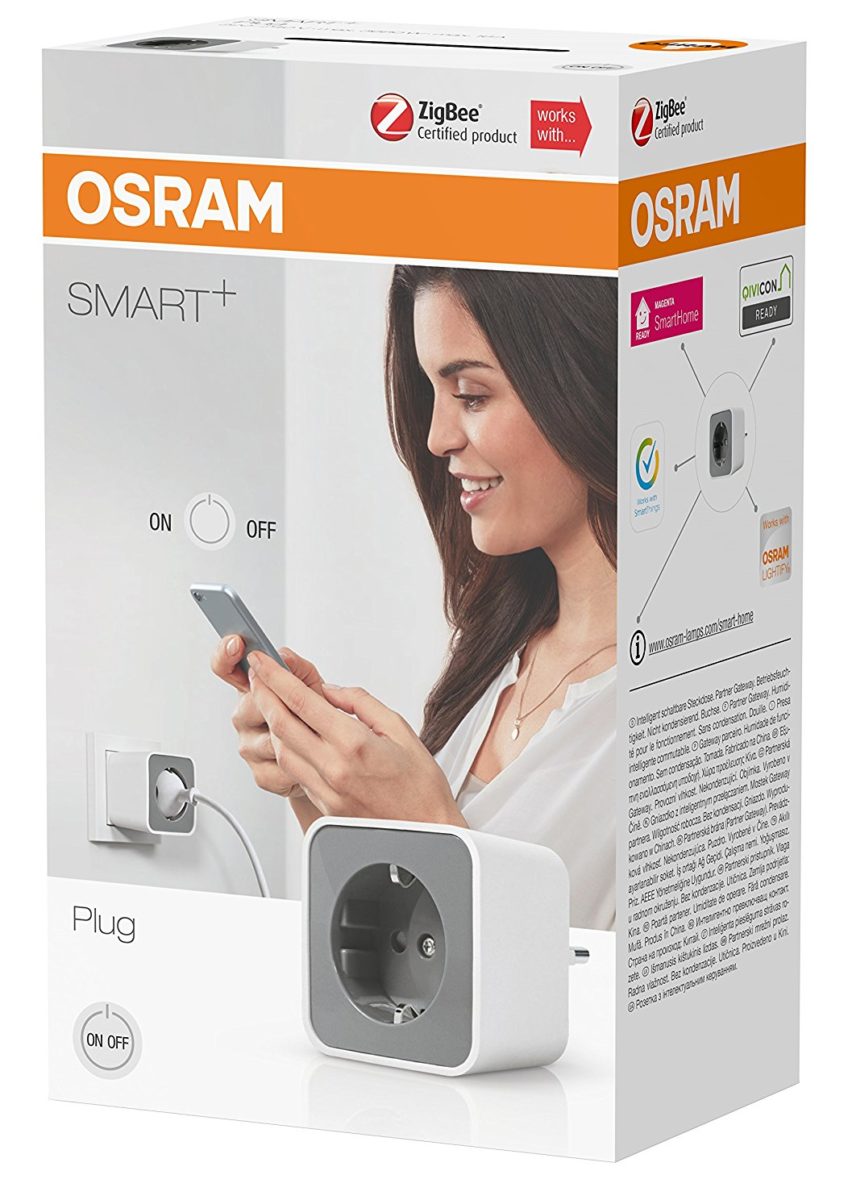 Review and guide
Review and guide
The war between the two systems has seen ups and downs including a period in which Philips communicated that a specific release of its firmware would no longer be possible to manage third-party Zigbee bulbs with the Hue system. In reality, in recent months the story has evolved and Philips seems to have returned its steps at least in the possibility of managing the controlled socket of Osram within its system.
Philips had introduced its time a similar device, a slightly less elegant grip. which is no longer available on the market and so obviously, rather than buying yet another competitive gateway, it is certainly more convenient to have those who already have Hue buy a compatible Zigbee socket.
In addition to this Osram Plug Smart + has a very low and competitive cost with Wi-Fi, Z-wave and even “Chinese” controlled sockets: it costs about 33 Euro including VAT to the public and can be made compatible with a simple procedure.
In addition to this the socket is immediately seen, through Zigbee, also by EchoPlus with Amazon Alexa (which we tested in this page) and from Vodafone's SmartThings Solution that we will be testing soon on these pages. In these two cases, no special tricks are needed because it is sufficient to start the search for a new peripheral to include it in the home automation systems.
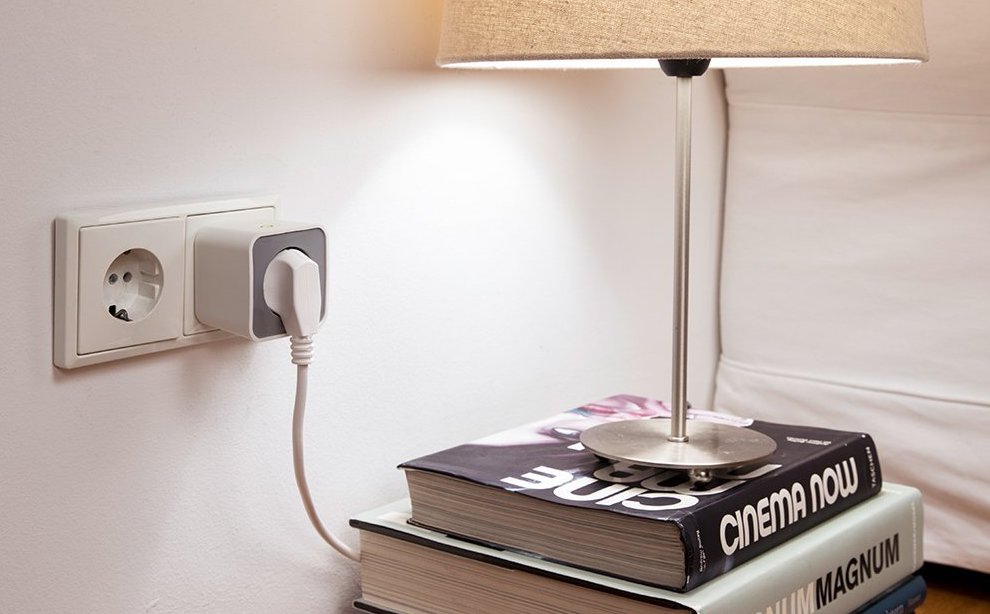
A look at Osram Lightify Plug or Osram Smart + Plug
In this commented gallery you can observe the socket we purchased for our tests. As you can see, the brand is different from the current one: Osram has in fact decided to bring its Lightify brand under a new “umbrella” that would recall the “intelligent” nature of its devices and now both the socket and the lamps are gathered under the Osram Smart + brand.
The packages are very similar and the performance and load capacities of the two models are completely identical.
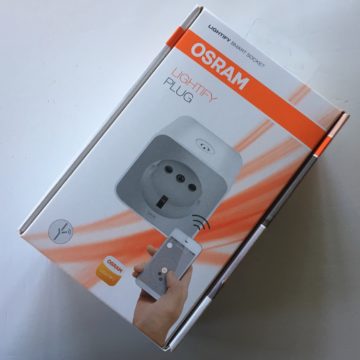 The packaging
The packaging 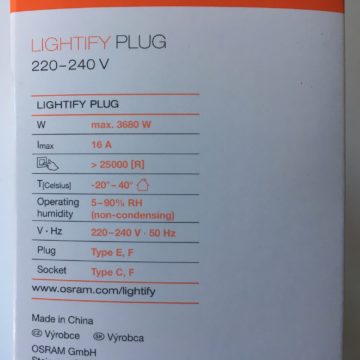 The manageable loads are high: you can also use it for an electric radiator
The manageable loads are high: you can also use it for an electric radiator 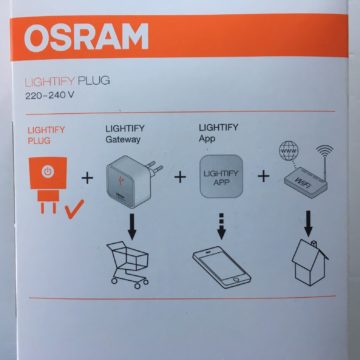 To make it work you would need its gateway and its application
To make it work you would need its gateway and its application 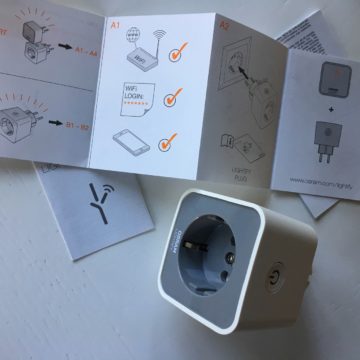 Here is the exploded view of the package
Here is the exploded view of the package 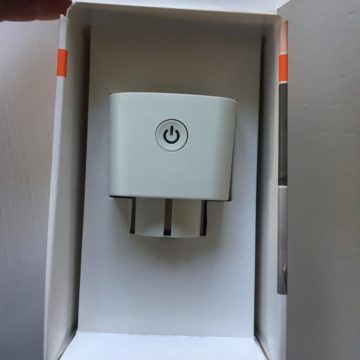 The large button used to manually activate the first synchronization and switch on and off
The large button used to manually activate the first synchronization and switch on and off 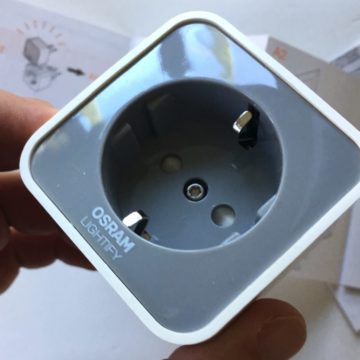 The socket is discreetly elegant despite the large size
The socket is discreetly elegant despite the large size
How to include an Osram Lightify Plug in Philips HUE
The work tion is very simple. Just connect a load to the receptacle of the socket (lamp, charger, something that requires a power supply and is on) and insert the socket into a Schuco-type wall receptacle holding down the “on / off” button … if you continue to hold it down after a few seconds you will hear the classic “click” of the relay activation and in theory you could try to “pair” the socket from the Hue application on the smartphone.
Actually both us and other “geeks” the first reset did not have much effect and we repeated it 3 times (there are those who have reached 6). In any case, after a few seconds or repeating the reset you can try to activate the inclusion of the socket in the Hue system.
The procedure to be used is not is the one reserved for accessories (switches etc.) but for lights: in fact, the socket will also be seen later as a light that can only be controlled in the “off” or “on” status even if the cursor will be active which signals the possibility of adjusting the intensity.
Below are the screens that will follow one another in the Hue application (iOS and Android) during the operation.
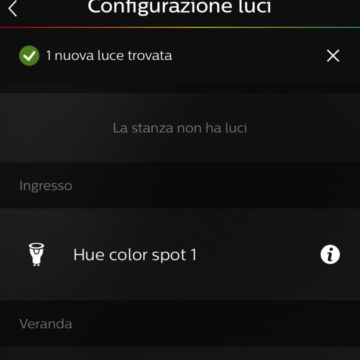
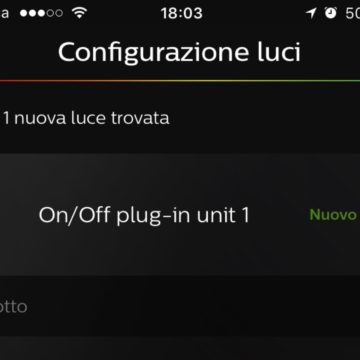
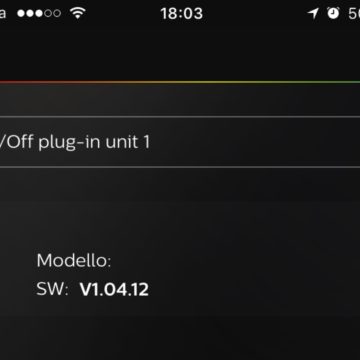
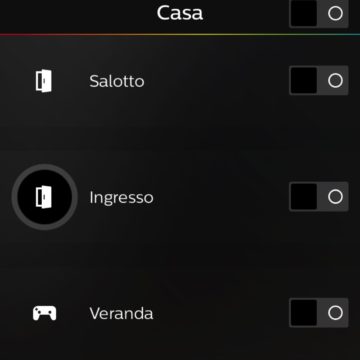
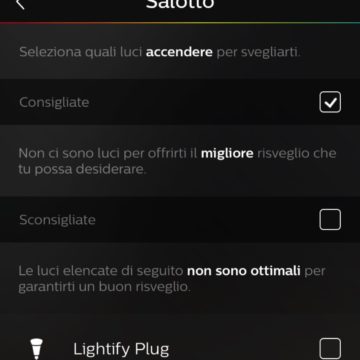
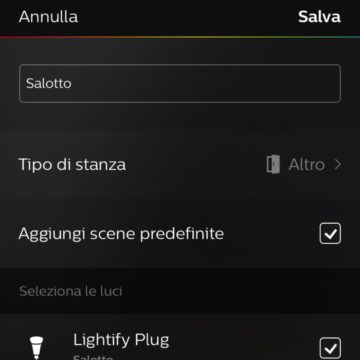
Eventually we can change the name of the socket (and call it lamp or fan or radiator depending on the device it is connected to) and assign it the room in which it was installed to easily include it in scenes. Obviously not being able to make a continuous adjustment as for a dimmer it is not recommended to use it in the wake-up or rest scenes where you proceed to a gradual lighting or dimming.
The socket assigned in this way, unlike of Philips Hue lights and switches is not seen by Homekit which is therefore unaware of its presence. You must access the Hue App or Hue-created Scenes to recall their operation.
Compatibility Note
Compatibility is ensured with Lightify Plug or Smart + Plug with a single button sold in Europe and the HUE system with gateway 2.0 (the square one) purchased in Europe. It is not guaranteed to work with other product combinations purchased in the US or other continents.
Conclusion
At this point the socket will be manageable directly from the HUE application interface and you can turn it on and off manually with all the other lights in the room. But be careful! It will not be seen by Homekit as the information to pass to the Apple framework does not seem to be valid.
In practice, what you can do is check if the connected device is receiving power and turn it off and on individually together with all the lights in the room or house.
If these options are sufficient and you do not want to add other home automation hubs to your Hue system at the moment, the purchase is certainly convenient, otherwise it is advisable expand the system in another way by combining the Hue hub with a home automation hub capable of directly managing the sockets with Zigbee technology or purchasing an alternative socket with Wi-Fi technology (higher standby consumption – double or triple compared to Zigbee – but also compatible with Homekit) or Bluetooth (compatible with Homekit and other home automation gateways) or Z-wave, compatible with various gateways such as Zipato, Fibaro etc.
The basic price makes up the Osram solution Smart + an excellent candidate for small lighting control systems where there is a need to manage a lighting system with a socket or an accessory (such as fan, electric heating system) that is easy to connect.
Pro
Relatively compact, can be included in the Hue system , compatible with Alexa directly with Amazon's Echo Plus Hub and with Samsung's Vodafone / SmartThings V-home. Supports high loads.
Cons
Does not allow consumption detection if combined with third-party Hubs and is not seen directly by Homekit.
Retail price
The socket costs about 25 Euro VAT included
,,




